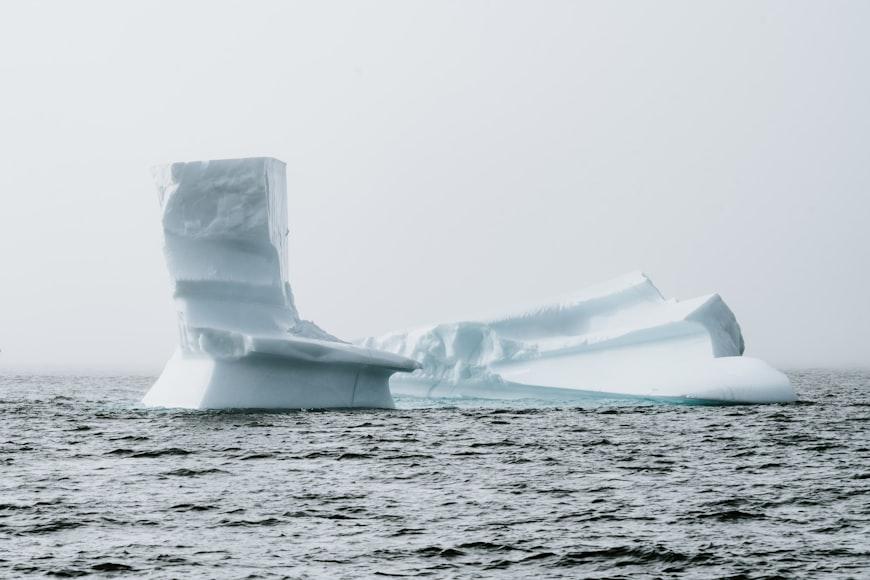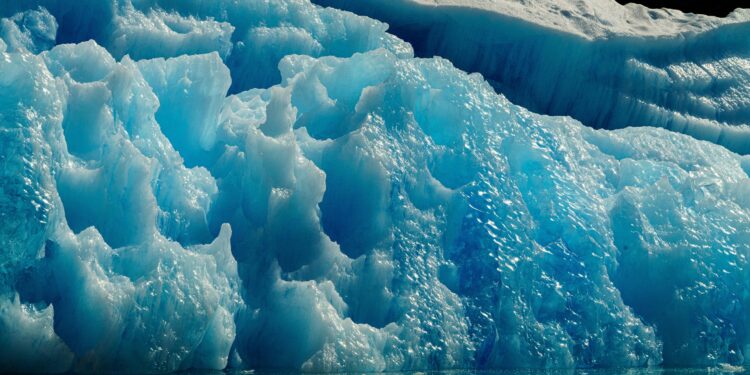The kind of ground found in the arctic and subarctic regions is called permafrost. Permafrost stays frozen because it exists in very cold regions, in this case the Arctic, where the temperatures are usually low to keep the ground solid all year-round. You may think that the summer periods in the Arctic would be better, but it isn’t, as temperatures remain below freezing. That way the water in the soil is cold and ice, keeping the ground frozen.
The typical thing for permafrost is to remain frozen all year-round right? But because of climate change in recent years, this frozen ground is starting to melt faster than before. One horrific part of this all is that this melting permafrost can release ancient germs that were trapped in the ice, destroy the environment, and cause health problems. It’s not just an arctic problem, but a major problem for us all.

What is Happening?
The permafrost which contains toxic mercury more than the earth’s ocean + atmosphere is melting faster than ever. “Think of it as a mercury bomb,” Professor of Earth Science and Environmental Studies, Josh West says. Ice sheets falling from the glaciers are slowly drifting away in the ocean, as temperature rises these ice sheets melt away, releasing its contents into the water.
In the Yukon River Basin located in Alaska, researchers are collecting some samples (sediments), which they’ll be testing to look for mercury. Prof. West referred to this situation as a mercury bomb and bombs are mostly likely to go off at some point in time. The aim of this testing on sediment samples and also the use of remote sensor data from satellites around the Yukon River Basin is to know how fast the permafrost is releasing mercury, which will be used to predict how soon this disaster would be.
According to the USC Dornsife, “the researchers found that mercury levels in sediments were consistent with the higher estimates from previous studies, confirming that sediment samples provide a reliable measure of mercury content and offer deeper insight into the permafrost’s hidden dangers.”
What Could Happen From Disaster?
The major concern is the effect of mercury which ends up in rivers, lakes, and oceans. Once mercury has been released into the water, it can poison aquatic animals and other marine life. And since people eat fish, this contamination can cause adverse effects on our health.
Aside from mercury contamination, one of the biggest issues is rising sea levels. You see, as glaciers and ice sheets in the Arctic melt, they add a lot of extra water to the oceans. This causes sea levels to rise, which can lead to flooding in coastal areas around the world. As explained by Earthly, we’re talking about at least 25ft increase in sea level and if that ever happens, people will lose lands, homes, and habitats.
In addition, the melting permafrost could release ancient viruses and bacteria that had been trapped in the ice for thousands of years. If these germs get back into the environment, they could cause diseases that we might not be ready for. As it is, we are still battling viruses and trying to find solutions to them.
Bottom Line
The effect of permafrost defrosting can be a nightmare but we can prevent that from happening if we are somehow able to slow down the melting of permafrost.
Firstly, we have to cut down on greenhouse gas emissions by using more renewable energy to help cool the planet. We also need to build smarter infrastructure that doesn’t transfer too much heat to the ground. Finally, more research and monitoring will help us understand and protect permafrost better.

















